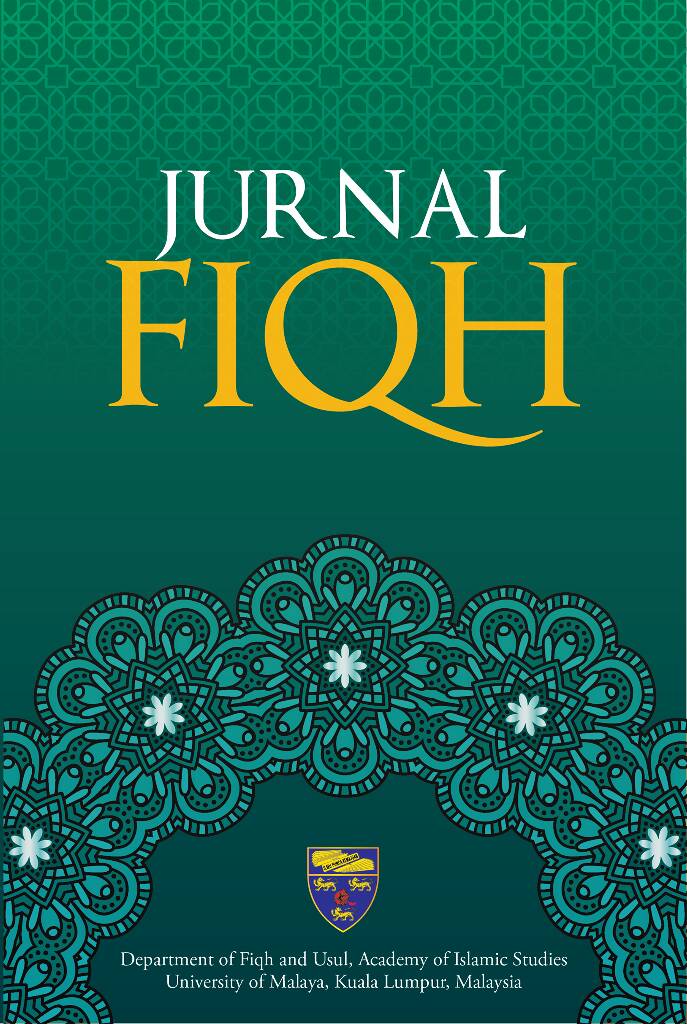الوشم وأحكامه في الإسلام
Islamic Ruling on Tattooing
DOI:
https://doi.org/10.22452/fiqh.vol14no1.5Abstract
Tattoos are an age-old phenomenon which has become ubiquitous in the modern age. This problem poses a challenge to the contemporary societies
especially the Muslims, given the modern technology revolution, the influence exerted by western societies and Muslims’ ignorance of the Islamic Sharia
Law. Therefore, this research aims to introduce the concept of the tattoo, describe its types, and explain the opinions of Fiqh scholars regarding the permissibility of a tattoo, and adapting such opinions to the contemporary lifestyles. This research makes use of the descriptive-inductive approach for the purpose of reviewing and analyzing the opinions of Fiqh scholars in terms of tattoo types, the permitted (Halal) and prohibited (Haram) types and the selection of more plausible opinions. This research has met with certain conclusions. Most importantly, it has been deduced that tattoos are divided into
types; the first type is indelible (permanent) and cannot be removed except with extreme difficulty and causing injury to the tattooed person. There are
two sides to the Fiqh opinion regarding this if the person knows the prohibition and is deliberately violating the rule, this is absolutely haram and the
person is committing a sin; however, if the person is not deliberately violating the rule, this is permitted. The second type of tattoo is temporary and fades away naturally or by washing or medication without the tattooed person facing difficulties or sustaining injuries. This type is permitted unless it is harmful or uses material that prevents water from reaching the parts of ablution (Wudu’).













